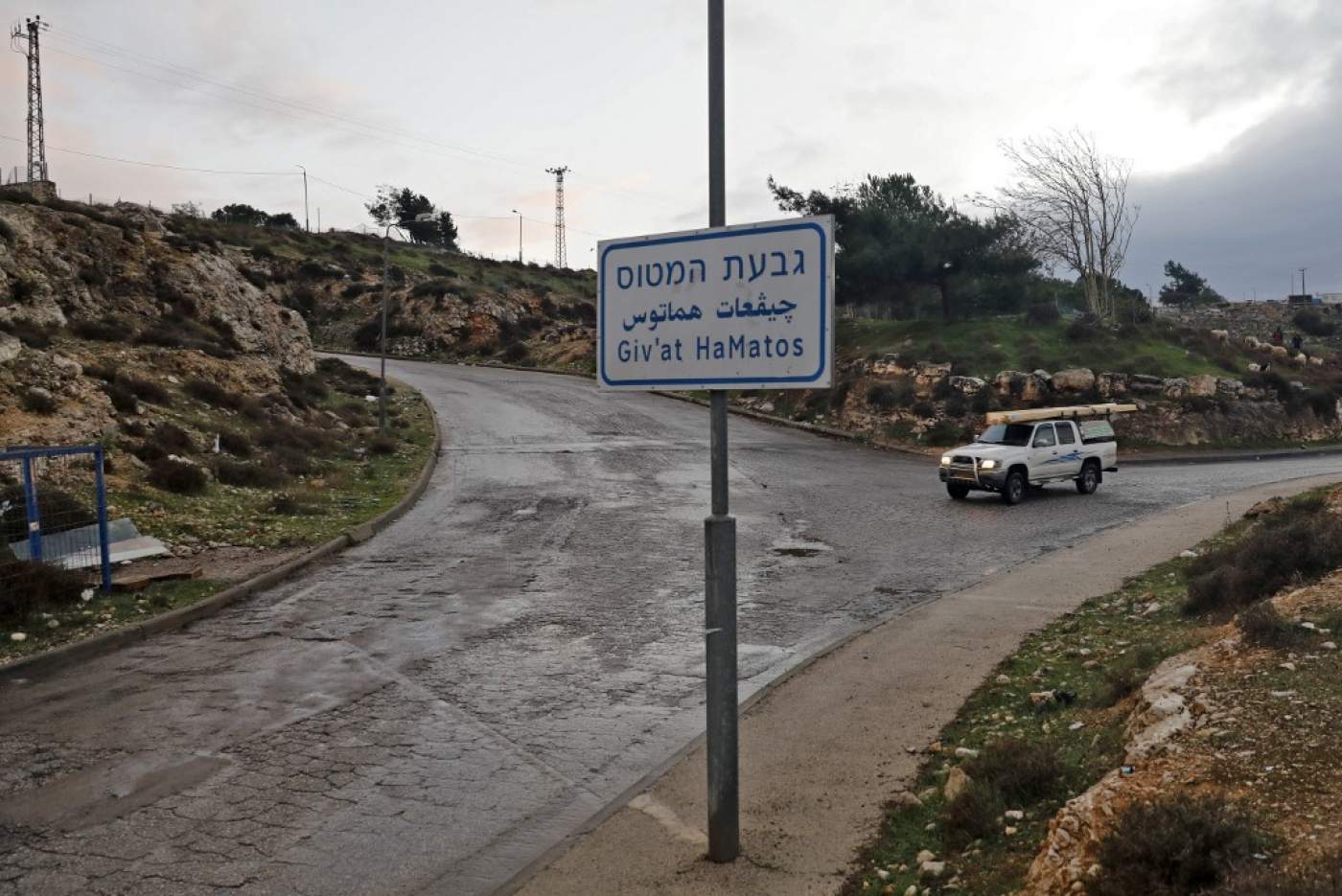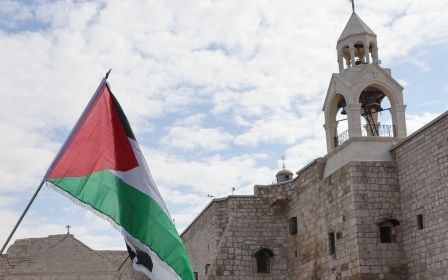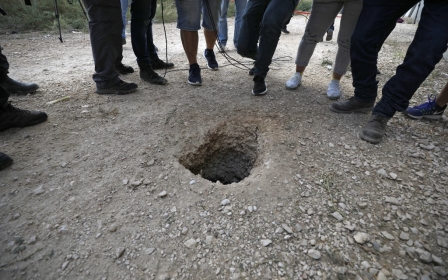Israel: First East Jerusalem settlement in 25 years met with US silence

An Israeli planning committee has given the green light to the first Jewish settlement in 30 years to be built in occupied East Jerusalem - and the first ever beyond the 1967 armistice line - without any public protest from the United States.
The new neighbourhood in Givat Hamatos, and its 1,257 housing units, is one of a handful of land expropriations and building plans for Jews currently moving forward in occupied East Jerusalem.
Once completed, observers say the plans will make a two-state solution to resolve the Israeli-Palestinian conflict impossible because they will effectively split the West Bank in half, isolate Palestinians in East Jerusalem and force them to make even lengthier detours than they do already.
Israeli settlements in occupied Palestinian territories are illegal under international law, and have previously been criticised by US President Joe Biden as "eroding" prospects of a two-state solution.
New MEE newsletter: Jerusalem Dispatch
Sign up to get the latest insights and analysis on Israel-Palestine, alongside Turkey Unpacked and other MEE newsletters
In 2010, during his tenure as vice president, Biden was reportedly furious when Israel published a plan to expand the settlement of Ramat Shlomo while he was on a visit to the country.
But the approval for Givat Hamatos came as Israeli Foreign Minister Yair Lapid was visiting Washington, DC and privately heard "some feeble" objections from US officials, according to Haaretz.
The new settlement is set to be built on land in occupied East Jerusalem very close to where around 25,000 Palestinians currently live in the villages of Beit Safafa and Sharafat.
Until recently, Ethiopian-Israeli and Russian-Israeli Jewish settlers had been living in mobile homes in the 170-dunam (42-acre) area which is served by Israeli public transport. But they were moved in 2020 to make way for the construction of permanent housing.
Plans on the horizon
Israel has many plans to expand other illegal East Jerusalem settlements, including building 470 housing units in Pisgat Zeev, almost 200 buildings in Ramat Shlomo, and 540 housing units in Har Homa, which will consist of 12- and 30-storey residential towers.
Under pressure from former US president Barack Obama, the Israeli government had frozen building 1,800 settlement units in Ramat Shlomo in 2010, and 2,610 illegal settlement units in Givat Hamatos in 2014.
Another Israeli government plan, known as E1, involves building hundreds of units to link the settlements of Kfar Adumim and Maale Adumim with East Jerusalem in the Israeli-controlled Area C of the West Bank.
Israeli is also planning to expand Atarot, a settlement which sits near Highway 443, also known as the Apartheid Road, and connects villages of Jerusalem, which are gated by the Israeli military, to the Old City and north to Ramallah.
Israel took control of East Jerusalem during the 1967 Six Day War, before annexing it in a move that has never been recognised by most of the international community.
Middle East Eye delivers independent and unrivalled coverage and analysis of the Middle East, North Africa and beyond. To learn more about republishing this content and the associated fees, please fill out this form. More about MEE can be found here.






